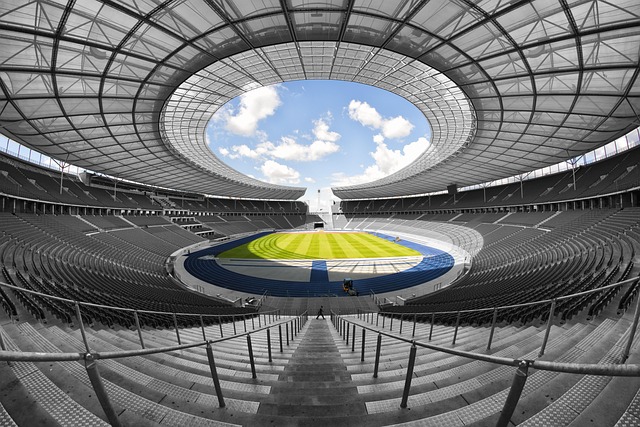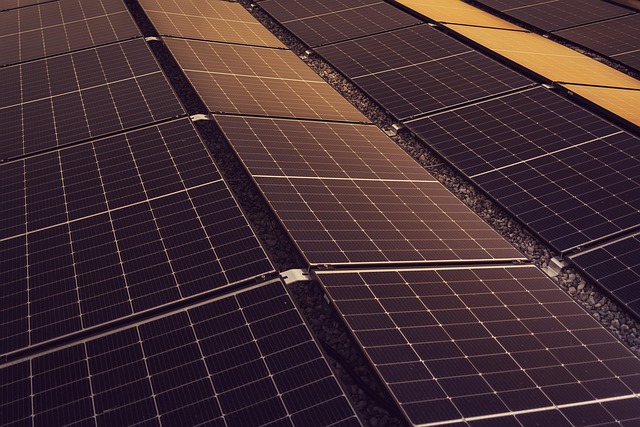Urban landscapes are rapidly evolving, and with them, the need for sustainable development has never been more urgent. One of the most innovative methods gaining traction in urban planning is the implementation of green roofs. This innovative approach not only beautifies the urban environment but also significantly helps in reducing our ecological footprint.
Green roofs, which are essentially vegetative layers grown on roofs, serve multiple purposes beyond aesthetics. They act as natural insulators, reducing the need for heating and cooling in buildings. This energy efficiency contributes to lower greenhouse gas emissions, bringing cities a step closer to being carbon neutral. When you think about it, every square foot of green roofing can drastically change how a building interacts with its environment.
The integration of green technologies into city planning is essential for creating resilient urban spaces. With increasing urbanization, traditional rooftops contribute to the urban heat island effect, where cities become significantly warmer than their rural counterparts. By introducing green roofs, cities can combat this effect, cool down their immediate surroundings, and contribute to better air quality, promoting healthier lifestyles for their residents.
Moreover, green roofs serve as vital habitats for various species, enhancing biodiversity in urban settings where green space is often at a premium. They provide shelter and food for pollinators like bees and butterflies, which are crucial for our ecosystem. In this way, green roofs are not just functional; they’re life-support systems for urban wildlife.
The impact of green roofs also extends to stormwater management. Traditional roofing systems often overload drainage systems, causing flooding and pollution in waterways. However, green roofs can absorb rainfall, reducing runoff and promoting sustainable water management practices. This ability to mitigate stormwater not only protects the urban infrastructure but also preserves the natural aquatic ecosystems surrounding cities.
As cities strive towards sustainability, the role of green roofs becomes increasingly pivotal. They symbolize a shift in how we view urban environments—not just as concrete jungles but as living ecosystems. By embracing this innovation, cities can lead the charge towards a greener, cleaner future. Every urban planner and resident should champion the implementation of green roofs as a step towards mitigating climate change and ensuring a sustainable urban habitat for generations to come.
Ultimately, adopting green roofs is more than just a trend; it’s a movement towards embracing sustainable development, reducing our ecological footprint, and fostering resilience in our urban centers. As we move forward, let us prioritize these green technologies and work collectively towards a more environmentally friendly urban existence.




